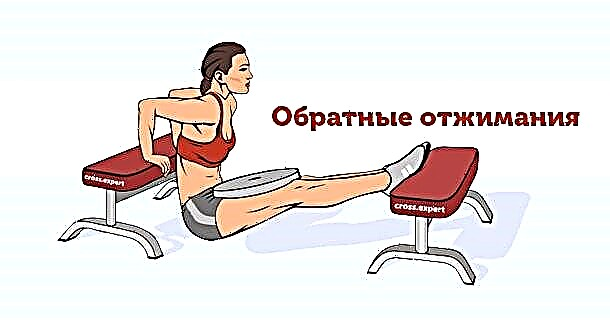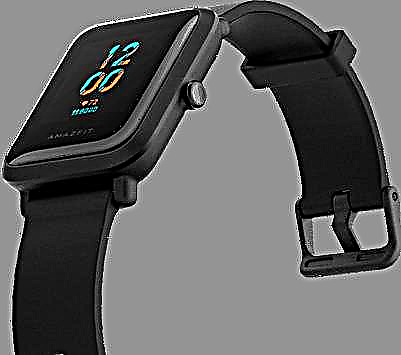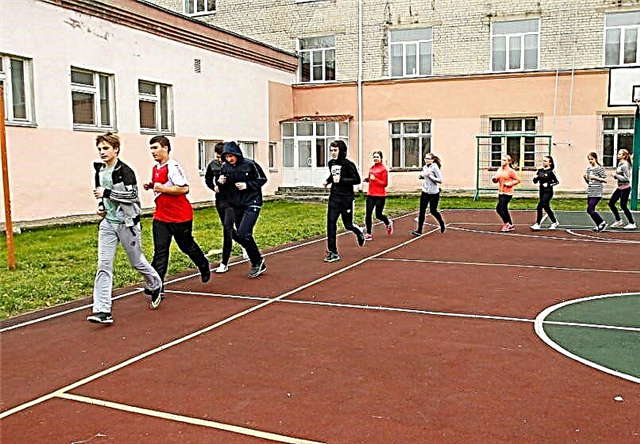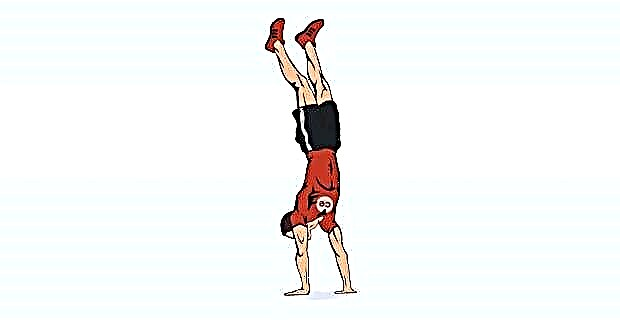Goodies for beginners
6K 0 07.04.2018 (last revised: 16.06.2019)
Cardio training is one of the important elements of training for any athlete, be it bodybuilding, crossfit or other strength sports. It is very important to observe all the subtleties when performing exercises related to working out the heart muscle. The most important element can be considered correct breathing while running. What features need to be considered while running? How to breathe: nose or mouth? And what if your side hurts from running?
Why is it important to monitor your breathing?
Breathing is an important part of any exercise, not just running. Indeed, without oxygen, the muscles switch to anaerobic glycolysis, which significantly reduces their endurance and reduces the effectiveness of exercise. Breath:
- Provides oxygen to the entire body.
- Ensures the normal functioning of the brain, which is responsible for coordination.
- Reduces the stress factor of running, which reduces the catabolic factor.
- Aids fat burning, as completed fats can only be oxidized with a lot of oxygen.
- Helps eliminate excess liver glycogen and increase overall running duration.
- Helps to control the pulse: the deeper and more even breathing, the less it is. On the other hand, shallow, rapid mouth breathing helps to accelerate your heart muscle.
That is why it is important to follow the breathing technique not only when running, but also during basic exercises.
Nose or mouth?
The classic medium-intensity running technique involves breathing through the nose... The breathing technique is extremely simple, it is called 2-2:
- For every two steps (with the left and right feet), an inhalation is taken.
- The next two steps are exhalation.
The technique can be changed by 1-2, 2-1, 1-1, 3-3, 4-4 and others (the first number is the number of steps per inhalation, the second - for exhalation), depending on the intensity of the run. For example, when running at the finish line, 1-2, 2-1 or even 1-1 are often used.
Breathing through your mouth while running is not recommended for the following reasons:
- Oxygen, passing through the oral cavity, dries out the mucous system, which, with a general loss of fluid, causes discomfort.
- When inhaling deeply through the mouth, the pressure from the descending diaphragm is much higher, which can lead to more severe pain in the side.

© pointstudio - stock.adobe.com
Why does it hurt in the side while running and what should I do?
When running, pain may appear in the left or right side. The pain itself is not something critical, there may be several reasons for its appearance:
- Weak endurance, poor warm-up. Pain in this case means the accumulation of excess blood in the liver / spleen, which under pressure (from lowering the diaphragm during inhalation) causes pain. That is why you need to increase the pace and duration of your workouts gradually. A good warm-up is also necessary not only for the joints, but for the cardiovascular system. If you have this pain at the beginning of your workouts, you need to slow down the pace, switch to walking and breathe deeply and slowly.
- Shallow breathing that is too frequent, such as a 1-1 pattern during low to medium intensity running, may also be the cause. All you need to do is breathe more deeply and evenly.
- Recent meal. The stomach presses on the diaphragm, and she presses on the lungs. If you have a hearty meal, you need a break of at least 1.5-2 hours.
- Chronic diseases of internal organs. For example, this can be with hepatitis. Only a timely examination will help here (for example, an ultrasound of the abdominal cavity before starting running training) and a consultation with a doctor.
How to breathe?
In fact, correct breathing technically varies depending on the type of running. For efficiency and health, different techniques are used. For example, when running at maximum speed, you need to breathe as it is, but when working in a moderate heart rate zone, you need to adhere to strict techniques that will increase running efficiency and help get rid of excess fat.
Let's take a closer look at how to breathe correctly while running in different cases:
Intensity | How to breathe? | Why? |
| Warm-up run | Breathe exclusively through your nose. You can ignore the step. | If you breathe through your nose, your chest area will work, not your diaphragm. This will reduce the stress on the liver and spleen, and therefore avoid pain. |
| Low intensity running (60-69% heart rate of maximum) | It is recommended to breathe in full breath. The scheme is in steps - 3-3, 2-2 or 2-3. | When working in this zone, it is important to provide the muscles with oxygen so that the internal stores of glycogen do not start burning, and the body receives energy from the sugar found in the liver, and not in the muscles. At this stage, you can already breathe not with the chest, but with the diaphragm. |
| Jogging in the cardio zone (aerobic fat-burning regimen, 70-79% of the maximum) | It is preferable to breathe through the nose. Scheme 2-2 or 2-3. | When running in the cardio zone, you need to monitor your step and keep the same breathing rate. Both of these factors reduce the shock load on the liver and spleen, which will allow the intensity to be maintained longer and to avoid pain. |
| High-intensity running (heart rate above 80% of maximum, work in the anaerobic zone) | It is preferable to breathe through the mouth half a breath. The scheme is selected individually for convenience. | When running intensively, it is important to breathe half a breath in order to relieve pressure on the internal organs, this reduces pain. |
| Interval running | It is preferable to breathe through the nose, half the diaphragm. | Similar to high intensity running. |
Other recommendations
There are a few other breathing guidelines that can help you improve your running performance:
- Breathe rhythmically. Remember that for each breath your heart accelerates, and if you breathe raggedly and out of rhythm, then you artificially create an "arrhythmia", which increases the load not only on the heart, but on all organs.
- If it hurts in your side, take a step, breathe deeper and slower. While inhaling, press on the affected area with your fingers, and while exhaling, release. After 2-3 cycles, the pain should stop.
- If your heart starts to tingle while running, lower the intensity and switch to diaphragmatic deep mouth breathing.
To summarize
Having mastered the correct nose breathing technique while running, you will not only improve your well-being (the side will stop hurting), but also improve your performance, in addition, speed up the process of fat burning.
The main thing to remember is that if you are running at maximum speed (during a competition or a difficult WOD for a time), breathing is important, however, if you are short of air, it is better to switch to shallow breathing. Your main task is to provide the body with a sufficient amount of oxygen. Only regular training in the aerobic zone will help develop your lungs and heart muscles, which will allow you to run longer, faster and without disturbing breathing technique.









